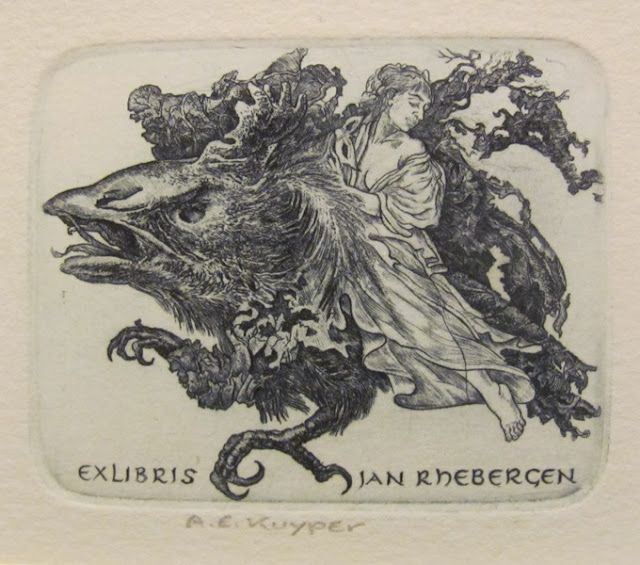
On the way to and back from Wales, I changed trains at Wolverhampton. Rather than sit about the station drinking tea while I waited for my next train, I dashed into town for a look. A lightening trolley dash of a look round the art gallery on the way there, which I'll cover in the next blog, and a wander round the town on the way back - I actually gave myself a little extra time on the way back and caught a later train.
It's really quite an unremarkable looking town, neither spectacular nor indeed hideous, with architecture ranging from the odd half timbered building right up to the modern day. I thought that it was quite a small town centre for a population of quarter of a million but I suppose if you've got a bit of serious shopping in mind you can hop on a tram and be in Birmingham in a little over half an hour.
The rather grand looking church above is St Peter's and it was my intention to pop in and have a look around - unfortunately 2 o'clock on a Saturday afternoon doesn't count as open daily. It does have a rather interesting statue in front of it of Lady Wulfrun, who was captured by the Danes 943 probably for ransom and in 985 was granted land in the area by Ethelred the Unready, which she donated to the church on her death (this is as concise as I can work it out from the rather murky history of the time as available on the internet. Ethelred can't have been all that unready, he managed to stay king for 34 years (with a small break in the middle for tea)).
Also, in the unprovable past, one King Wulfhere founded an abbey in the area in 659 apparently. I don't know which of these characters gave the city it's name, maybe nobody does.
I think that this is probably the Lady Wulfrun as well but have been unable to find out as yet.
Banks brewery which I believe belongs to Marstons.
Outside the University is the following sculpture called Thinking Man by Andre Wallace. The supply blurb says, and I quote,"Is an Archimedes like figure, deep in thought and contemplation. The symbols in front of him are clues to the past occupants of the site, it's industrial heritage and discoveries of our time. The subtle engravings on his head reveal the functions and activities of the brain". Eureka! What better place to find a thinking Archimedes type figure than in the bath - he really doesn't look like he's about to leap out any time soon.
And here's another called Head by the same bloke. The sign says "Resembles a machine in two parts which fit together perfectly to make a whole. The brain appears as a well maintained mechanical part and makes reference to an internal involute gear and spur gear, both developed by the car industry". He's obviously not had a look inside my head (it could be best sculpted by taking a ball of wool and throwing in a kitten)
There was quite a large police presence when I arrived at the station and an absolutely enormous police presence when I left. At first I thought that I was a little more popular than I had originally thought but soon realised that it was down to some goings on at the venue below. Seems in the long run to have been quite a good day for Wolverhampton Wanderers, for as I was snozzing my way back up towards Carlisle on the train, they were beating Manchester United by 2 goals to 1, something of a rarity I believe.
And finally, on the way back I passed this building. Is it the most unsympathetic church conversion ever or shrine to the god of shopping.




















































